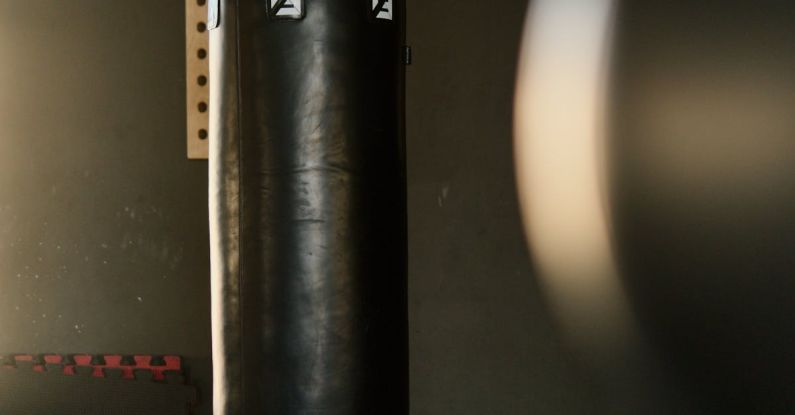Enhancing Your Sports Gear with Composite Materials
When it comes to sports equipment, athletes are always on the lookout for ways to improve performance and gain a competitive edge. In recent years, the use of composite materials in sports gear has revolutionized the industry, offering lighter, stronger, and more durable options for athletes across various disciplines. From tennis rackets to golf clubs, bicycles to hockey sticks, the incorporation of composite materials has transformed the way sports equipment is designed and manufactured. Let’s explore the benefits and advancements of using composite materials in sports gear.
Lightweight and Durable Design
One of the primary advantages of using composite materials in sports gear is their lightweight yet durable nature. Traditional materials like wood or metal can be heavy and cumbersome, affecting an athlete’s speed and agility. In contrast, composite materials, such as carbon fiber and fiberglass, offer a high strength-to-weight ratio, making them ideal for enhancing sports equipment. By reducing the overall weight of gear like tennis rackets or bicycles, athletes can move more efficiently and comfortably, ultimately improving their performance on the field or court.
Enhanced Performance Characteristics
Composite materials also provide opportunities for manufacturers to fine-tune the performance characteristics of sports gear. By varying the composition and structure of composites, designers can tailor equipment to meet specific performance requirements. For example, carbon fiber can be strategically layered to increase stiffness or flexibility in different parts of a tennis racket, allowing players to generate more power or control in their shots. Similarly, composite hockey sticks can be engineered to have optimal energy transfer for more powerful shots and better puck control on the ice.
Vibration Dampening and Comfort
In addition to performance benefits, composite materials can also enhance the comfort and feel of sports gear. Many athletes experience discomfort or fatigue from vibrations transmitted through traditional materials like metal or wood. Composite materials have natural damping properties that can help reduce vibrations, providing a more comfortable and responsive experience for athletes. Tennis players, for instance, may appreciate the reduced shock and vibration in a composite racket, leading to less fatigue during long matches. Cyclists can also benefit from the vibration dampening qualities of composite frames, resulting in a smoother ride and reduced muscle fatigue over long distances.
Customization and Personalization
Another advantage of using composite materials in sports gear is the ability to customize and personalize equipment to suit individual preferences. Manufacturers can easily adjust the composition, shape, and design of composites to meet the specific needs of athletes. Whether it’s adjusting the flex of a golf shaft or fine-tuning the weight distribution of a ski, composite materials offer endless possibilities for customization. Athletes can work closely with designers to create personalized gear that maximizes their performance and comfort, giving them a competitive edge on the field or course.
Sustainability and Environmental Impact
In addition to performance benefits, the use of composite materials in sports gear can also contribute to sustainability and reduce environmental impact. Many composite materials are recyclable and have a lower carbon footprint compared to traditional materials like metal or plastic. By choosing sports gear made from sustainable composites, athletes can support environmentally friendly practices and reduce their ecological footprint. Manufacturers are increasingly exploring eco-friendly composite options to create high-performance sports gear that aligns with sustainable practices and values.
Innovations and Future Trends
As technology and materials science continue to advance, the possibilities for enhancing sports gear with composite materials are limitless. From 3D printing to nanotechnology, new innovations are reshaping the way sports equipment is designed and manufactured. Future trends may include smart composites that integrate sensors for real-time performance monitoring or self-healing materials that prolong the lifespan of gear. By staying at the forefront of these advancements, athletes can expect even greater improvements in the performance, comfort, and sustainability of their sports gear.
Embrace the Future of Sports Gear
In conclusion, the use of composite materials in sports gear offers a host of benefits for athletes looking to enhance their performance and comfort on the field, court, or track. With lightweight design, enhanced performance characteristics, vibration dampening, customization options, sustainability, and future innovations, composite materials are shaping the future of sports equipment. By embracing these advancements and exploring the possibilities of composite materials, athletes can take their game to the next level and stay ahead of the competition. So, whether you’re a professional athlete or a recreational enthusiast, consider upgrading your sports gear with composite materials and experience the difference for yourself.






